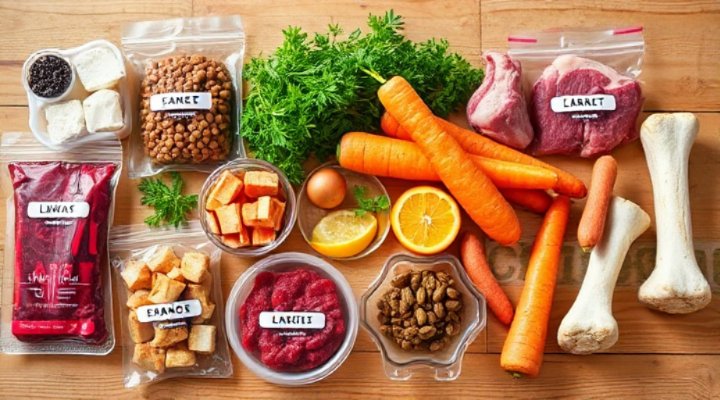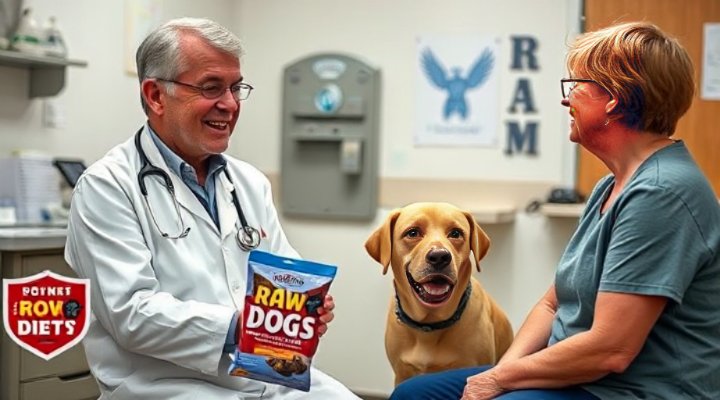Transitioning your dog to a raw food diet can seem daunting, but with the right guidance, it can be a rewarding experience for both you and your pet. In this raw dog food diet guide, we’ll cover everything you need to know to make the switch safely and effectively.

What Is a Raw Dog Food Diet?
A raw dog food diet typically consists of uncooked meat, bones, fruits, and vegetables. Proponents argue that it mimics what dogs would eat in the wild, offering numerous health benefits such as shinier coats, healthier skin, and improved digestion. However, it’s crucial to ensure the diet is balanced and meets all your dog’s nutritional needs.
For example, my own Labrador, Max, struggled with allergies and digestive issues until we switched to a raw diet. Within weeks, his coat became shinier, and his energy levels skyrocketed. Of course, every dog is different, so it’s essential to consult with your vet before making any drastic changes.

Benefits of a Raw Dog Food Diet
There are several potential benefits to feeding your dog a raw diet:
- Improved Digestion: Raw food is easier for dogs to digest, leading to smaller, firmer stools.
- Healthier Skin and Coat: The natural oils in raw meat can lead to a shinier, healthier coat.
- Increased Energy: Many pet owners report their dogs have more energy and vitality on a raw diet.
- Better Dental Health: Chewing on raw bones can help clean your dog’s teeth naturally.
That said, it’s important to note that not all dogs will experience these benefits, and some may even have adverse reactions. Always monitor your dog closely during the transition period.

How to Transition Your Dog to a Raw Diet
Transitioning your dog to a raw diet should be done gradually to avoid digestive upset. Here’s a step-by-step guide:
- Start Slow: Begin by replacing 25% of your dog’s current food with raw food for the first week.
- Monitor Closely: Watch for any signs of digestive upset, such as diarrhea or vomiting.
- Increase Gradually: If your dog tolerates the change well, increase the proportion of raw food by 25% each week until they’re fully transitioned.
- Consult Your Vet: Regular check-ups are essential to ensure your dog is thriving on the new diet.
For more tips on dog nutrition, check out our Pet Training Ultimate Guide.

Potential Risks and How to Mitigate Them
While a raw diet can offer many benefits, there are also risks to consider:
- Bacterial Contamination: Raw meat can contain harmful bacteria like Salmonella. Always handle raw food with care and practice good hygiene.
- Nutritional Imbalances: A poorly planned raw diet can lead to deficiencies or excesses in certain nutrients. Consider consulting a pet nutritionist.
- Choking Hazards: Bones can pose a choking risk or cause dental fractures. Always supervise your dog when they’re eating bones.
For authoritative information on pet nutrition, visit the American Veterinary Medical Association.
Final Thoughts
Transitioning your dog to a raw diet can be a fantastic way to improve their health, but it’s not a decision to take lightly. With careful planning and the right guidance, you can ensure your dog gets the nutrition they need to thrive. Remember, every dog is unique, so what works for one may not work for another. Always consult with your vet and monitor your pet closely during the transition.
For more training tips, check out our guide on Dog Jumping Training.
Related Keywords: raw dog food, raw diet for dogs, dog nutrition, raw feeding guide, healthy dog diet

